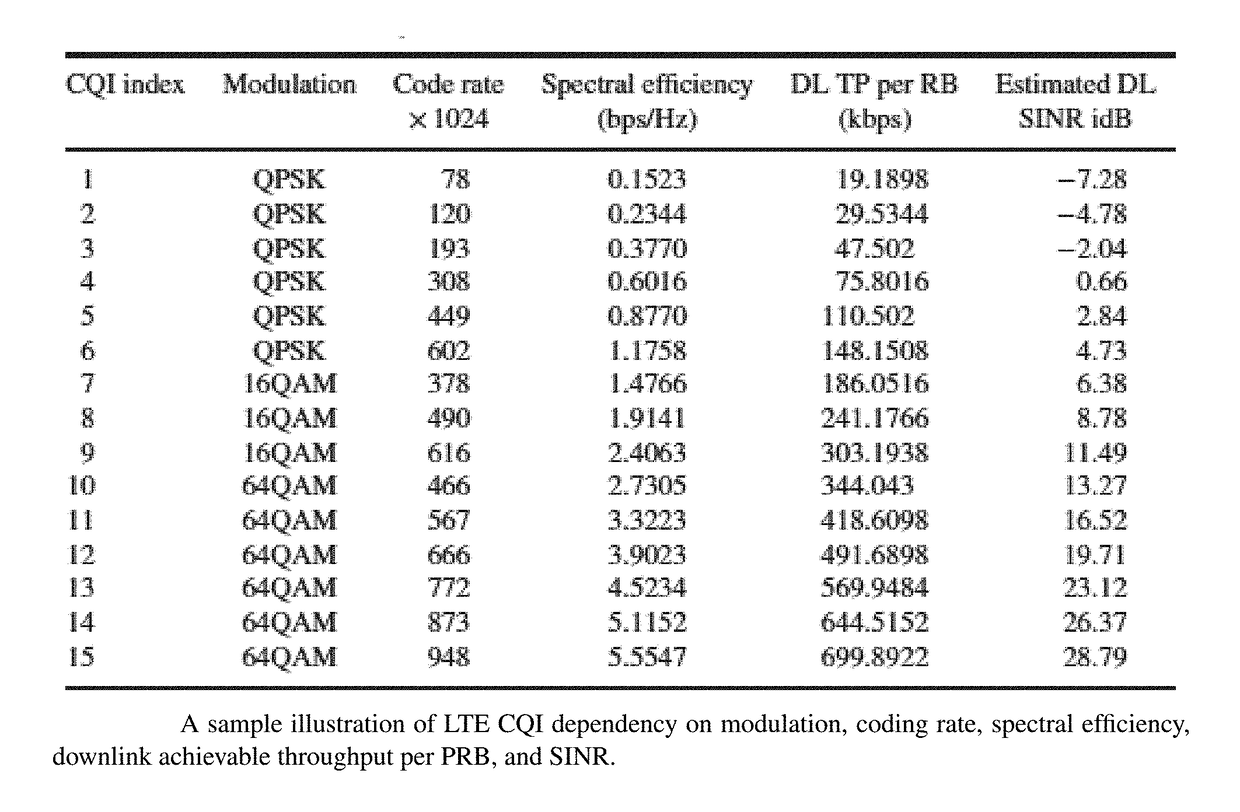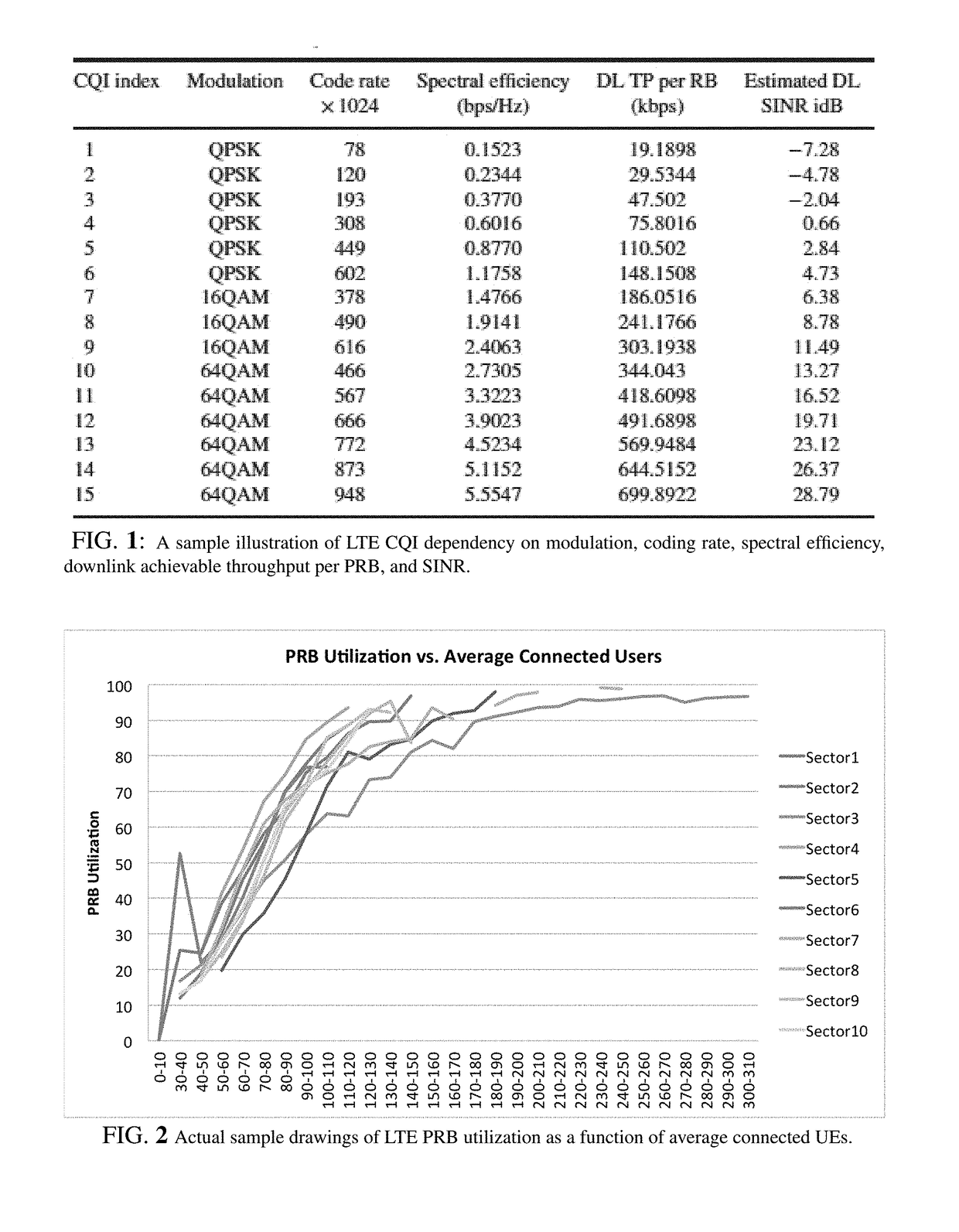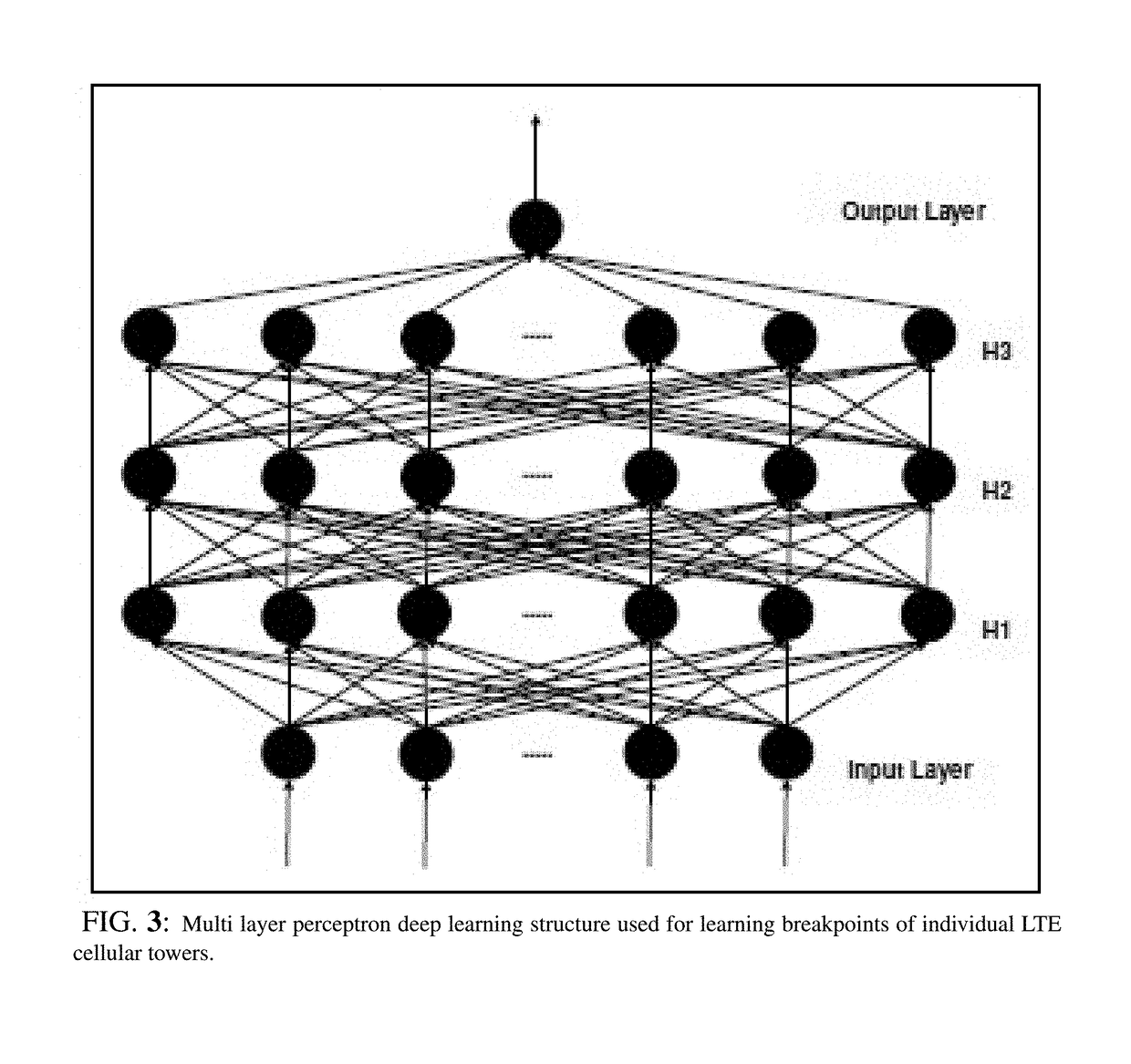Congestion reduction of LTE networks
a technology of lte networks and congestion reduction, applied in the direction of network traffic/resource management, electrical equipment, wireless communication, etc., can solve the problems of trivially suboptimal compared to systematic optimization approaches, expensive and not always practical, and ineffective approaches, etc., to reduce the congestion of lte networks
- Summary
- Abstract
- Description
- Claims
- Application Information
AI Technical Summary
Benefits of technology
Problems solved by technology
Method used
Image
Examples
Embodiment Construction
[0072]This invention focuses on systematically finding power and handover settings of a cluster of LTE cells minimizing overall cluster congestion. First, a deep learning scheme predicts the PRB utilization congestion threshold of the plurality of cellular towers belonging to said cluster. Next, an optimization problem aiming at minimizing the congestion of said cluster is formulated using per cellular tower power and handover parameters as decision variables. The problem is then solved using two optimization techniques, namely, GA and BCDSA. Accordingly, an integrated set of method, program, and system aiming at minimizing the congestion of the cluster subject to load preservation and quality constraints are introduced. In an embodiment of the presented modeling and optimization of congestion algorithms, a 4G LTE cellular network cluster illustrated in FIG. 1 is used. This embodiment represents a typical major US city downtown area. The cluster is comprised of ten sites with each s...
PUM
 Login to View More
Login to View More Abstract
Description
Claims
Application Information
 Login to View More
Login to View More - R&D
- Intellectual Property
- Life Sciences
- Materials
- Tech Scout
- Unparalleled Data Quality
- Higher Quality Content
- 60% Fewer Hallucinations
Browse by: Latest US Patents, China's latest patents, Technical Efficacy Thesaurus, Application Domain, Technology Topic, Popular Technical Reports.
© 2025 PatSnap. All rights reserved.Legal|Privacy policy|Modern Slavery Act Transparency Statement|Sitemap|About US| Contact US: help@patsnap.com



